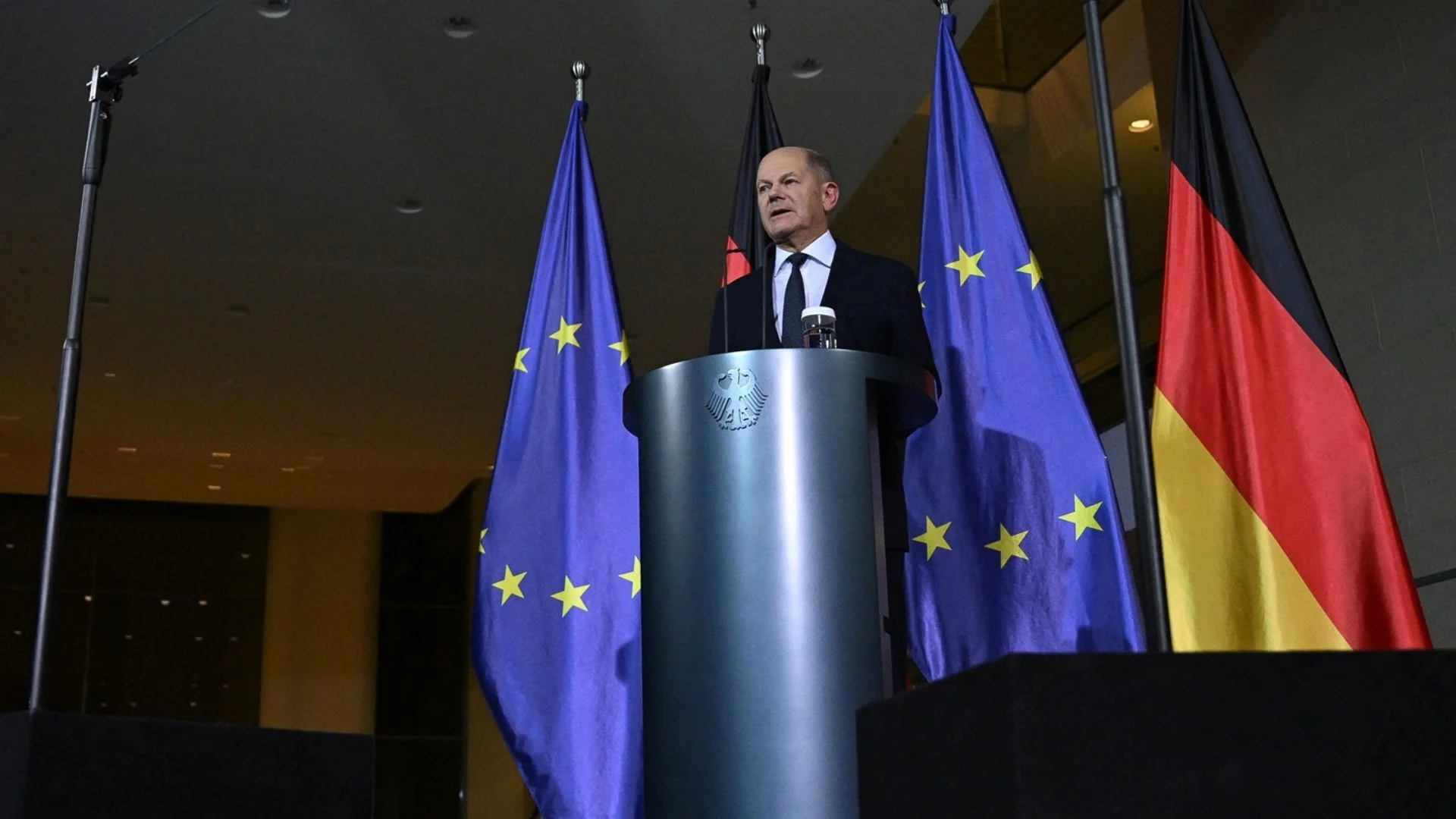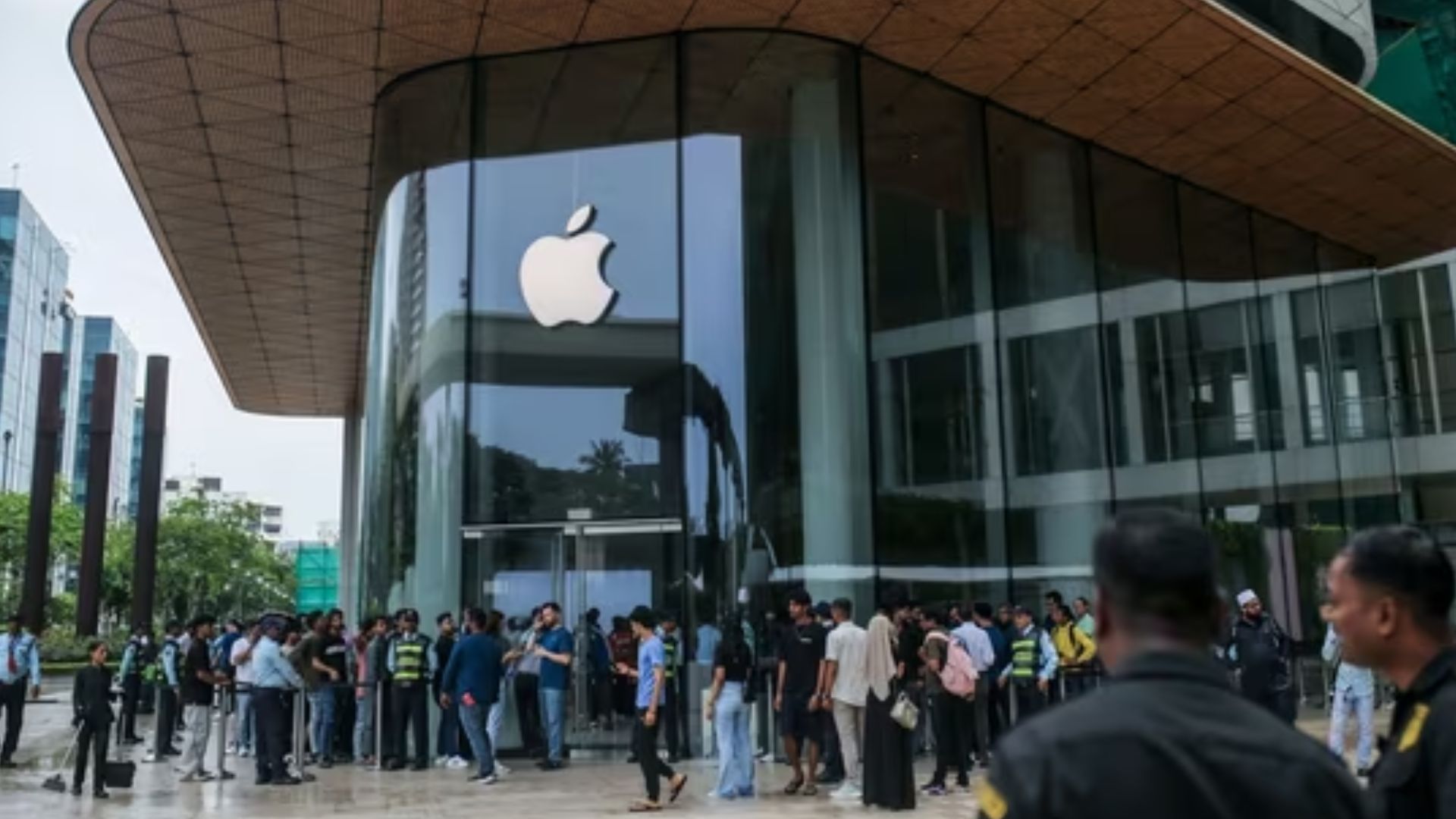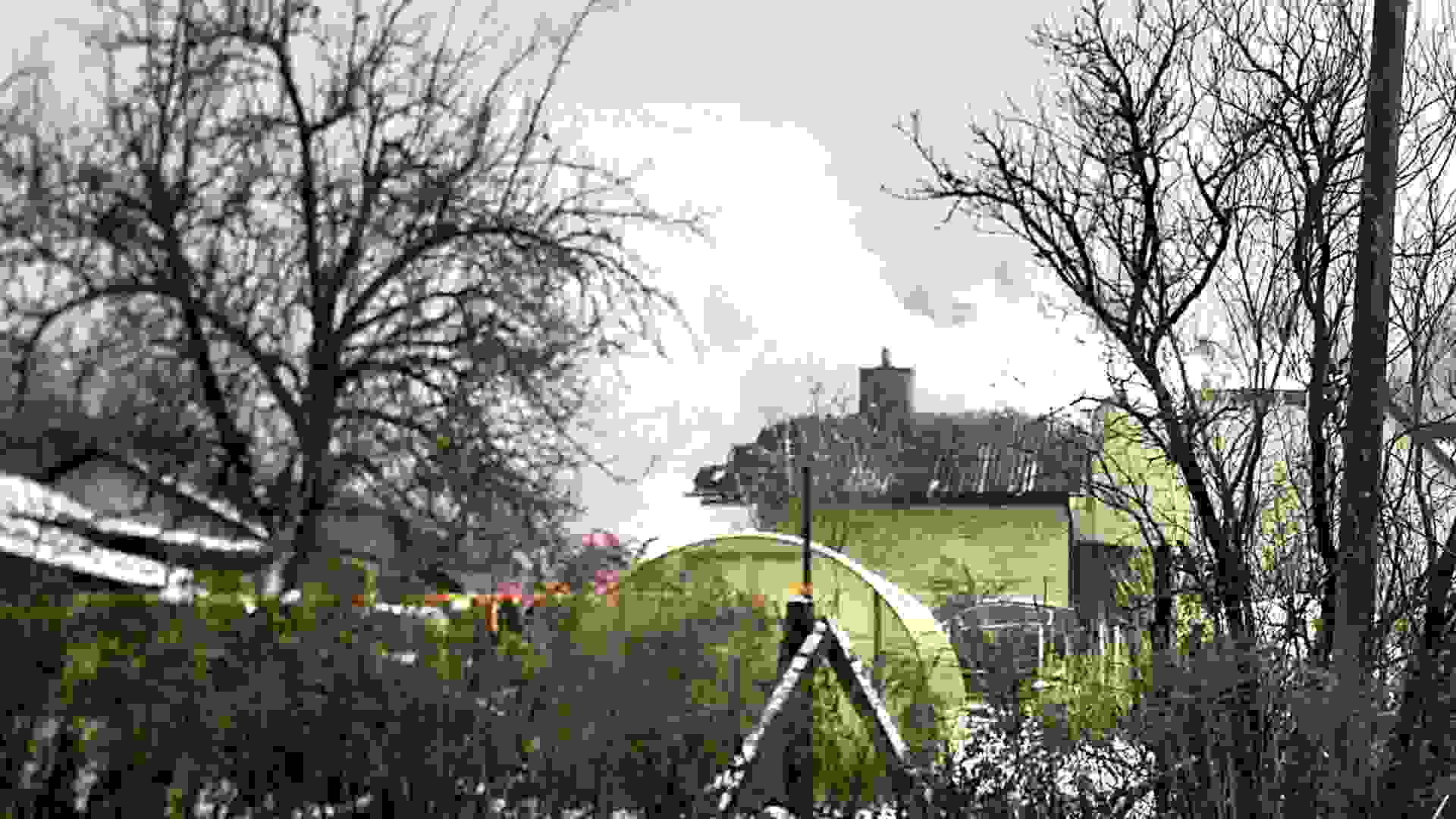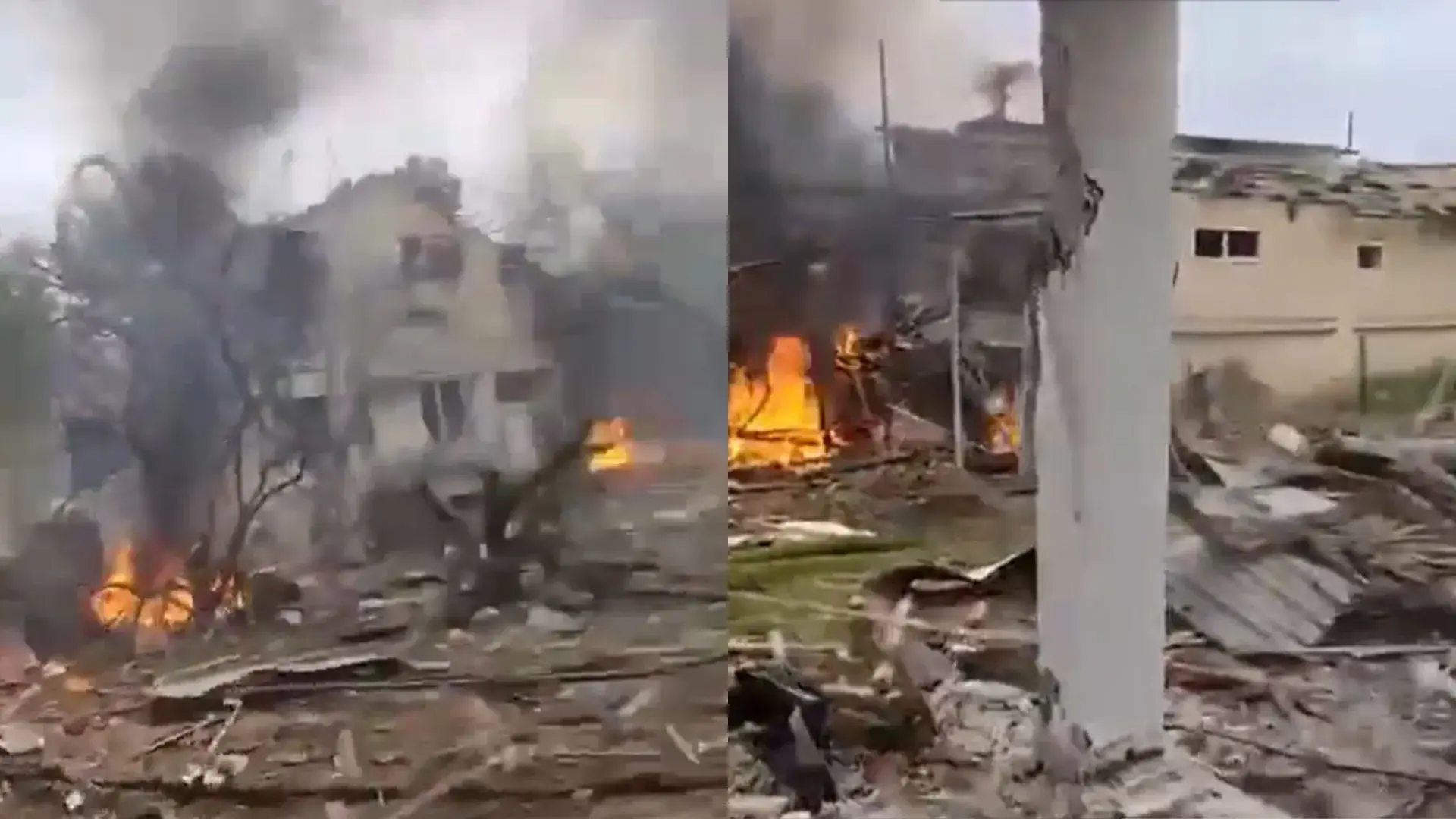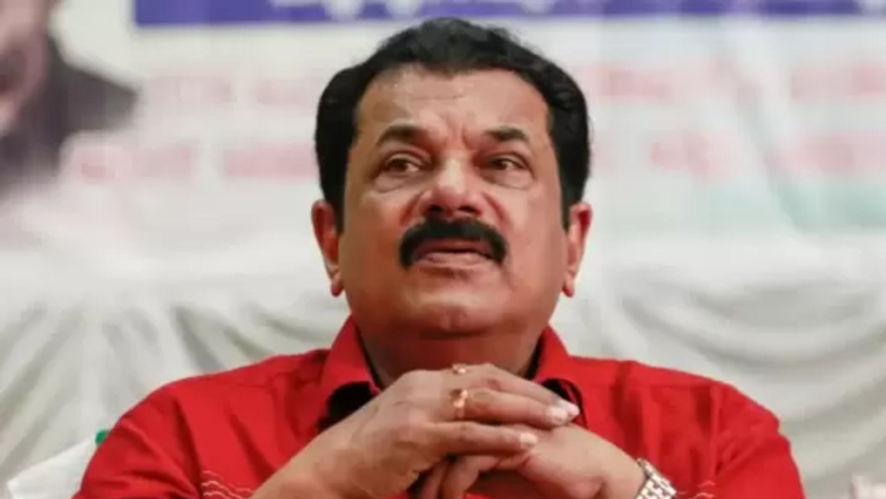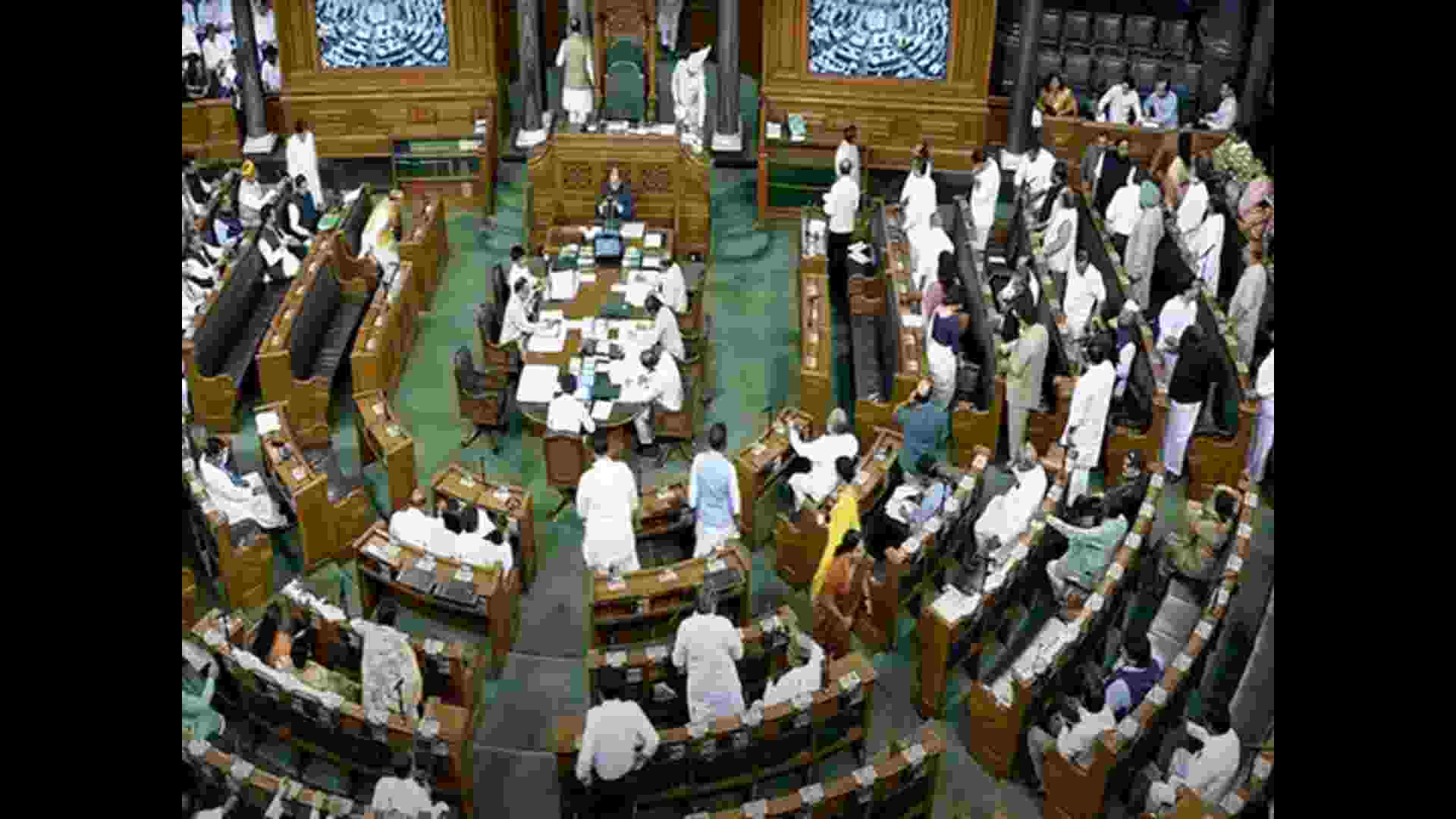
Bentham, one of the most prominent jurists has rightly said that “Witnesses are the eyes and years of justice”, highlighting the vital importance of witnesses as a mechanism for ensuring the quality and veracity of the trial. The role of a witness in a criminal trial is equivalent to an engine of a motorcar, without which the path to justice and fair trial, which has been recognised by the Hon’ble Supreme Court as a fundamental right to every citizen, cannot be covered. The realm of human rights law as well as the spirit of the constitution of the country encompasses the view that a fair trial, being the fundamental right of every citizen, should be delivered to him through the mechanism of courts. However, the aspect of justice through trial focuses majorly on the role of accused and the aggrieved party and the stance of a witness takes a back stand. Witnesses are often forced to live in fear of threat to their life and liberty, harm to their property and damage to their social standing and reputation. Even though the courts view the entire case through the eyes of the witnesses, their protection and interests are usually seen by none. The Hon’ble Supreme Court in various landmark judgments like Zahira Habibullah Sheikh & Anr. V. State of Gujarat and Ors. has encapsulated the need to protect the witnesses from giving false testimonies and evidences which could have a detrimental effect on a trial and thus draw a framework for their protection. The 14th Law Commission of India also has expressed the need to protect the witnesses from coercion to change their testimony and become hostile due to the wrath of the accused.
Even the bail jurisprudence in India has stated that bail should not be granted to an accused who, in the opinion of the court can tamper with the evidence or induce the witnesses through force or luring them to change their stand in the court. The role of state and a pressing need to develop a witness protection program by the legislature was expressed by the Hon’ble Supreme Court in the case of NHRC V. State of Gujarat and Ors. where the court also emphasized upon the need to develop committees for identifying the type of witnesses which need protection and the type of protection to be granted. Through the evolution of various guidelines laid down by the courts through its judgments and exercise of power under Article 141 of the Indian Constitution, a skeleton framework for protection of witnesses was developed.
However, through evolution the Witness Protection Program 2018 has been developed which has led to a universal framework for protecting vulnerable witnesses. The scheme has led to identification of witnesses into three categories based upon their threat protection and security needs and also led to development of witness protection fund which will enable the state to protect the witnesses without any economic constraint. The role of District Legal Service Authorities(DLSA) has also been involved which is responsible to pass reasoned orders for protection of witnesses in the country and look after the security challenges faced by them and try to mitigate that to every possible extent.
However, the scheme is not free from loopholes, for instance the primary agency for calculating the threat perception to the witnesses remains the police which is prone to corruption and political pressure. Secondly, the period for granting security to a witness has also been fixed, after which the witness is no longer entitled to security. Moreover, the change in identity of the witness which has been encapsulated in the scheme also poses major logistical and financial challenge which would not only be cumbersome upon the state legislature but also would dig a deep hole in the pocket of the witness. The present day scheme for protection of witnesses still needs a thousand stitches to become effective and transform itself into a watchdog from a toothless tiger. Even though India has come a long way in the realm of witness protection, adequate steps need to be taken to develop an effective and efficient system for protection of rights of witnesses and fulfil the state’s role as parens patriae so that the administrative, normative and criminal justice can be granted to the citizens.
